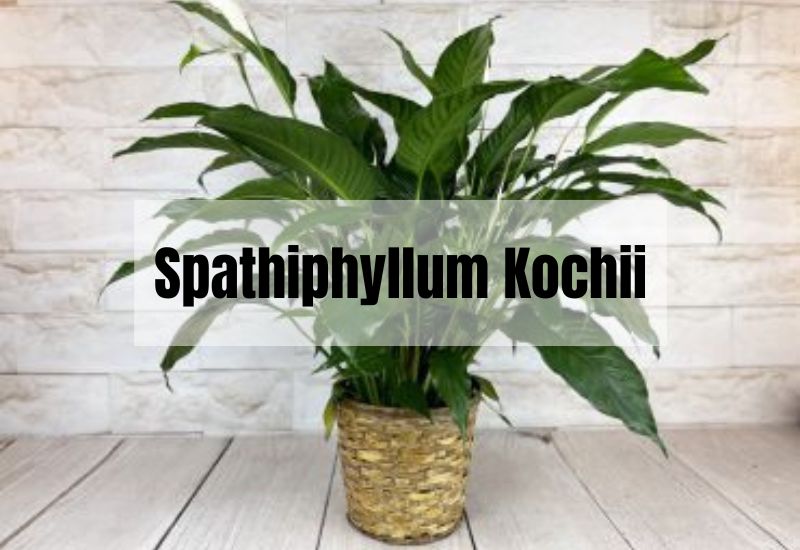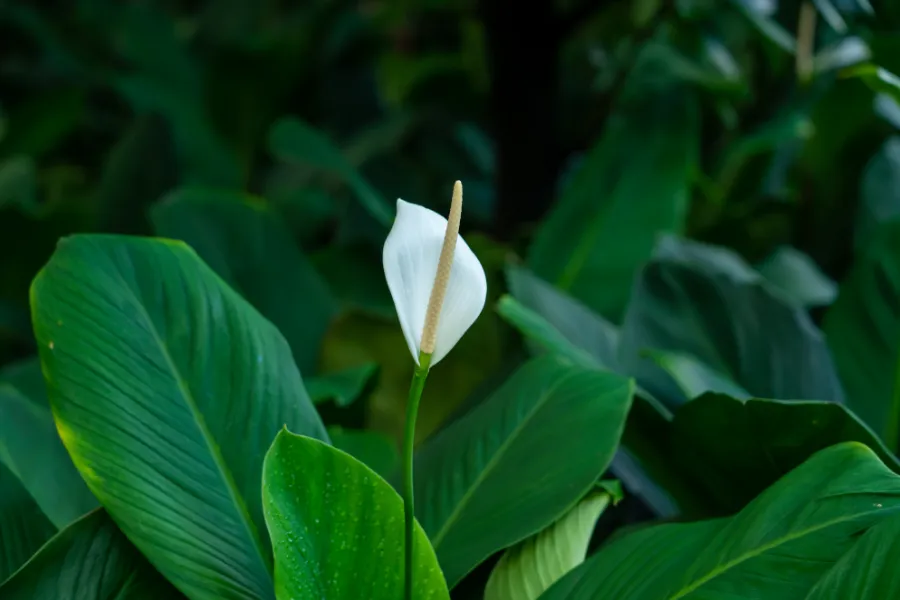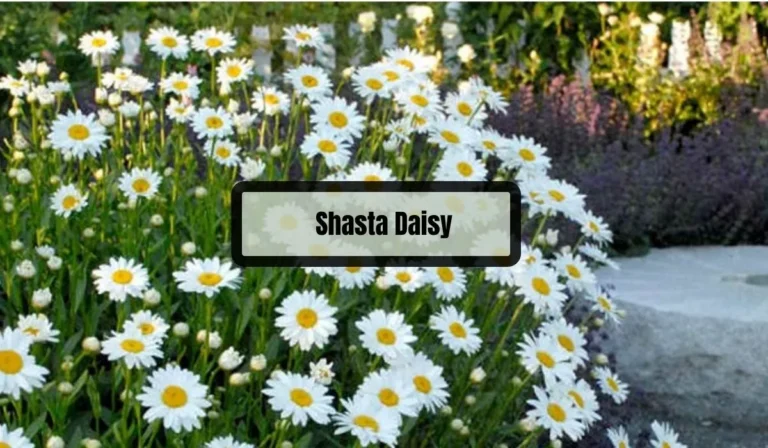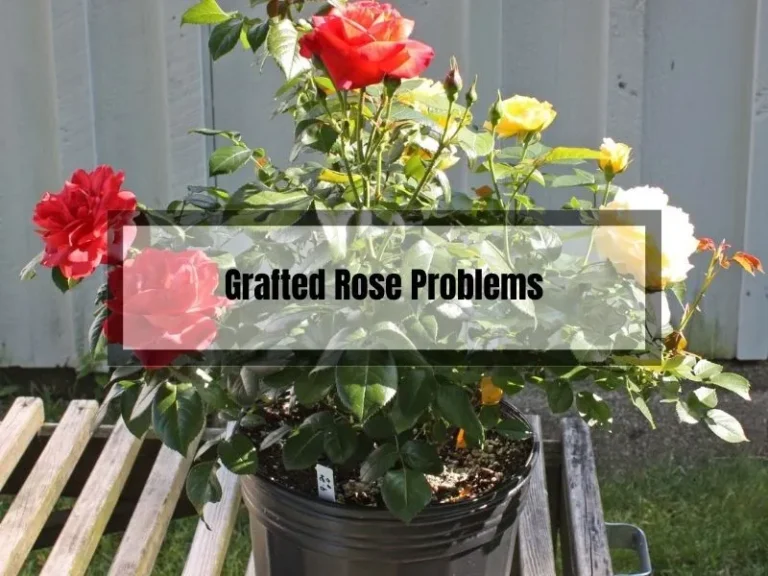The Ultimate Guide to Spathiphyllum Kochii: Care, Uses, and More
Are you looking for a beautiful, low-maintenance plant to add to your indoor garden? Look no further than the Spathiphyllum Kochii, commonly known as the Peace Lily. This tropical plant is a popular choice for indoor gardeners due to its stunning white flowers and easy-care nature.
In this ultimate guide, we’ll cover everything you need to know about caring for your Spathiphyllum Kochii, including ideal growing conditions, watering and fertilizing tips, and how to propagate your plant for even more greenery in your home.
We’ll also explore the many uses of the Peace Lily, from its air-purifying properties to its role in feng shui and interior design. Whether you’re a seasoned plant parent or just starting out, this guide has everything you need to know to keep your Spathiphyllum Kochii healthy and thriving.
Key Takeaways
- Spathiphyllum Kochii (Peace Lily) is a low-maintenance tropical plant that is perfect for indoor gardening.
- This ultimate guide covers all aspects of caring for your Peace Lily, including ideal growing conditions, watering and fertilizing tips, and propagation techniques.
- The Peace Lily has many uses, including air purification and interior design, making it a versatile addition to any home.

What is Spathiphyllum Kochii?
This little beauty, fondly called Peace Lily, is a simple yet exotic plant that brings a sense of serenity to any space. But don’t let the delicate blooms fool you.
This plant is a tough cookie, managing to bloom even under less than perfect conditions, something I can totally relate to.
Origin and Habitat
Spathiphyllum Kochii comes from the tropical regions of the Americas and Southeastern Asia.
I haven’t exactly been there myself, but I like to think this plant brings a slice of that exotic land to my place.
Varieties of Spathiphyllum Kochii
There are various varieties of Spathiphyllum Kochii, each with their own unique charm. Some are big, some are small, but each one holds its own, just like we all do.
Ideal Conditions for Spathiphyllum Kochii
Spathiphyllum Kochii is a tropical plant that prefers warm temperatures between 65-80°F. It thrives in medium to low light conditions, making it an excellent choice for indoor spaces with filtered sunlight.
The plant also requires high humidity levels, so it’s best to keep it in a room with a humidifier or place a tray of water near it to increase the humidity.
Here are the ideal growing conditions for Spathiphyllum Kochii:
| Growing Conditions | Ideal Range |
|---|---|
| Light | Medium to low light |
| Temperature | 65-80°F |
| Humidity | High humidity levels |
Uses of Spathiphyllum Kochii
The Peace Lily does more than just sit pretty. It has a few tricks up its sleeve that you might find interesting.

Spathiphyllum Kochii in Gardens and Landscape Designs
Not just for your indoors, Peace Lily makes a great addition to gardens and landscapes too. Its lush green foliage and ethereal white flowers add an elegant touch to any garden space.
Indoor Decorative Plant
The Peace Lily’s stunning appearance, with its lush green leaves and delicate white flowers, makes it a perfect decorative addition to any room in your home.
Place it on a shelf, tabletop, or windowsill, and you’ll instantly elevate your space’s style.
Improving Indoor Air Quality
Besides its good looks, the Peace Lily is also known for its air-purifying abilities. It’s a great plant to have around if you want to breathe cleaner air and reduce harmful toxins in your home.
How to Care for Spathiphyllum Kochii?

As much as I love my Peace Lily, it doesn’t mean it’s all smooth sailing. It needs its share of TLC, but I promise it’s worth it.
Ideal Conditions
- Sunlight requirements: Medium to low light. My Peace Lily sits in a corner where it gets filtered sunlight. It’s not too fond of direct sunlight. Go figure.
- Temperature and humidity requirements: Prefers warm temperatures, between 65-80°F. Keep the air humid, this one enjoys a tropical climate after all.
- Soil requirements: Well-draining soil is the best. Trust me, no one likes soggy feet, not even plants.
Watering and Feeding

- How often to water: Keep the soil moist, but not wet. I usually water it once a week.
- Signs of overwatering or underwatering: Yellow leaves? Could be overwatering. Brown tips? You’re probably underwatering.
- Fertilizer requirements: I feed it with a balanced houseplant fertilizer every month except in winter. It seems to like it.
Pruning and Repotting
- When and how to prune: Prune any brown leaves to keep it looking fresh and tidy. Trust me, it makes a difference.
- Tips for repotting: Repot it every 1-2 years in spring. Make sure the new pot has good drainage.
Propagating Spathiphyllum Kochii
I once separated a baby plant from the mother plant. You’d be surprised at how easy it is to propagate this plant.
Just take a healthy baby plant from the root ball, plant it in a new pot and voila, you have a new Peace Lily.
Common Problems and Solutions
Plant Never Flowers
If your Peace Lily isn’t blooming, make sure it’s getting enough light, water, and occasional fertilizer. Also, ensure it’s slightly root-bound in its pot.
Plant Constantly Droopy
A droopy Peace Lily could be suffering from root disease caused by over-watering. To fix this issue, repot your plant in fresh soil and a clean new pot, removing all black or damaged roots. Be careful with watering after repotting.
Brown Leaf Tips
Brown leaf tips can be a result of over- or under-watering, or less commonly, over-fertilizing. Be cautious with fertilizer usage and avoid fertilizing in winter.
Frequently Asked Questions (FAQs)
Why is my peace lily not blooming?
Ensure your Peace Lily is getting enough light, water, and occasional fertilizer. Also, check that it’s slightly root-bound in its pot.
Why is my peace lily constantly droopy?
If your Peace Lily remains droopy even after watering, it may have a root disease from over-watering. Repot it in fresh soil and a clean new pot, removing any black or damaged roots. Be more cautious with watering after repotting.
What causes brown leaf tips on my peace lily?
Brown leaf tips can result from over- or under-watering or, less commonly, over-fertilizing. Make sure you’re providing the right amount of water and avoid using too much fertilizer, especially during winter.
How often should I repot my peace lily?
Repot your Peace Lily only when it becomes difficult to keep it watered enough. These plants tend to bloom better when they’re slightly pot-bound, so there’s no need to repot too frequently.
Conclusion
So there you have it, folks! The Spathiphyllum kochii, or Peace Lily, is a beautiful and easy-to-care-for houseplant that can add a touch of elegance and serenity to your living space. Not only does it look stunning, but it also helps to purify the air in your home. Just follow the care tips we’ve discussed, and you’ll have a thriving, blooming Peace Lily that’s sure to impress.
Remember, proper care is essential for a healthy and happy plant. So give your Peace Lily the love and attention it deserves, and it will reward you with its gorgeous blooms and air-purifying abilities. Happy planting!






